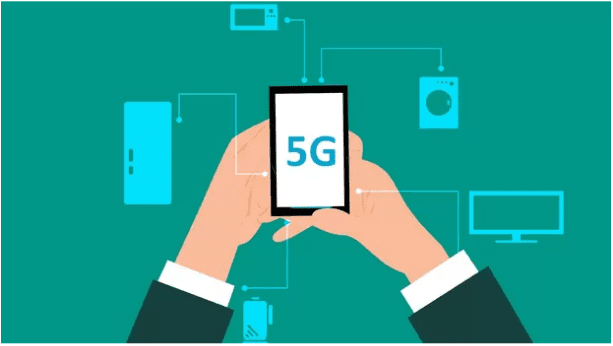The long road to 5G in South Africa
 CAPE TOWN – The Fourth Industrial Revolution (4IR) depends to a large extent on connectivity. Almost all 4IR technologies intended to make our lives easier, such as artificial intelligence, robots, self-driving cars, augmented reality, and the Internet of Things (IoT), all require high-speed, always-on Internet connections.
CAPE TOWN – The Fourth Industrial Revolution (4IR) depends to a large extent on connectivity. Almost all 4IR technologies intended to make our lives easier, such as artificial intelligence, robots, self-driving cars, augmented reality, and the Internet of Things (IoT), all require high-speed, always-on Internet connections.
To keep up with the immense increase of connected devices, vehicles, and streaming video, the mobile industry is working hard on the fifth generation (5G) wireless networking technology. 5G is theoretically capable of speeds up to 20 Gigabits per second (Gbps) as compared to the current 4G LTE, which has a maximum throughput of 1 Gbps. This is more than 600 times faster than current 4G speeds of mobile networks and 10 times faster than the fastest optical fibre network in South Africa. With 5G connectivity, it should be possible to download and ultra high definition video of 4K-quality in 25 seconds.
5G technology will primarily have two major applications in the first years of deployment. In the first instance, 5G will be used for mobile connectivity by devices such as smartphones and 5G mobile modems (hotspots with Wi-Fi). Secondly, 5G will be used for fixed-wireless access (FWA) providing homes and businesses with broadband Internet in place of a wired ADSL or optic fibre connection.
The new 5G service will operate in the traditional and new cellular radio frequency band in the low- (below 1 GHz, e.g. 700 MHz), mid- (1-6 GHz, e.g. around 3.5-3.8 GHz) and millimetre-wave (24-86 GHz, e.g. 28 GHz) ranges. Initially, smartphones and modems will predominantly make use of the low- and mid-range frequencies, while the millimetre-wave with its much higher bandwidth will be reserved for FWA.
Although higher frequencies such as millimetre-wave provide much higher speeds and capacity to transfer data, they have limited geographical coverage and also experience difficulty in penetrating walls or certain types of glass. Therefore most FWA devices will have to use external antennas. See the included figure for the 5G spectrum trade-offs.
Republished Article: This article was originally published by LOUIS FOURIE – https://www.iol.co.za
